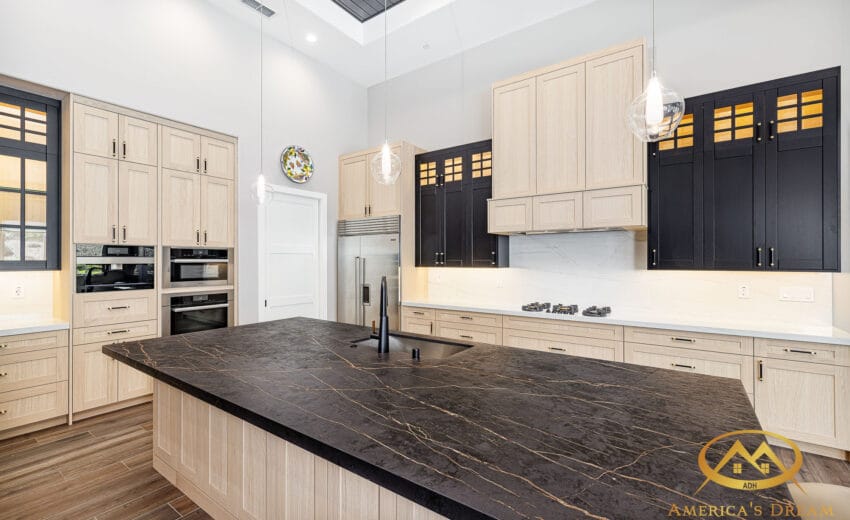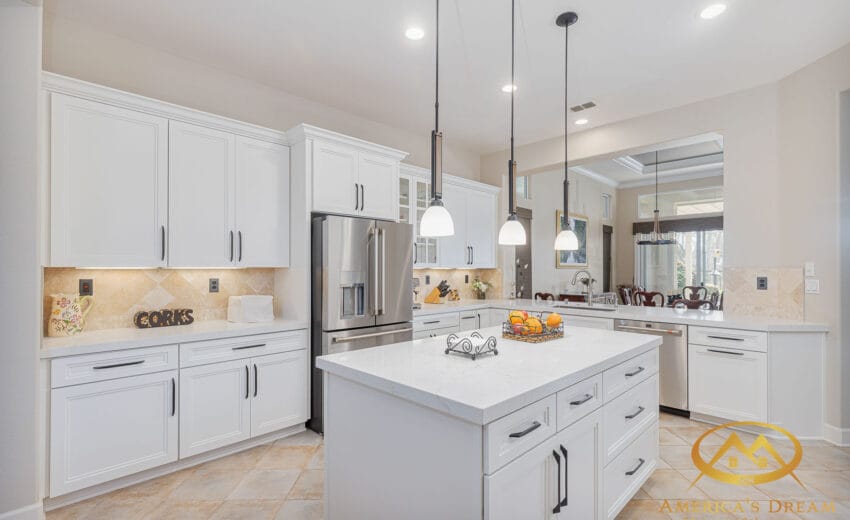The exterior siding of a house not only defines its aesthetic appeal but also plays a crucial role in durability and protection. Among the various materials available, plywood siding stands out as an ideal option for those seeking a combination of beauty, affordability, and practicality. Wood siding has long been a staple of home construction, and for good reason. There’s something inherently warm and inviting about a house with wood siding. Whether it’s the natural grain of the wood, its earthy tones, or its ability to blend with nature, wood siding provides an undeniable charm to any home.
Understanding Plywood Siding
Plywood siding is made from thin layers of wood veneer that are bonded together, making it strong, durable, and resistant to warping or cracking. Traditionally used in interior applications like flooring and walls, plywood has gained popularity as an exterior siding material due to its versatility and design appeal.
Advantages of Plywood Siding
- Customization: Plywood siding can be stained or painted in various colors and serves as a smooth canvas for textures or other treatments to enhance your home’s exterior.
- Cost-Effectiveness: Compared to solid wood planks, plywood is more affordable, making it an excellent option for budget-conscious homeowners.
- Durability: Engineered to withstand natural elements such as rain, hail, and strong winds, plywood siding is ideal for a variety of climates.
Pro Tip: To extend the lifespan of wood siding, apply proper weatherproofing treatments, such as water sealers and paints.
Wood Options for House Siding
Wood for house siding can be sourced from a variety of tree species, each offering unique properties:
- Cedar: Naturally resistant to moisture and insects, cedar is an ideal choice for homes in areas with high humidity or frequent rainfall.
- Redwood and Pine: Popular for their strength and ability to resist decay, these materials are staples in wood siding.
Engineered Siding: The Modern Alternative to Wood
While plywood and traditional wood siding remain popular, engineered siding is a growing trend in the market. Made from wood fibers, resins, and other materials bonded under pressure, engineered wood siding combines the look of natural wood with enhanced durability.
Benefits of Engineered Siding
- Low Maintenance: Resists moisture, rot, and insects without requiring extensive treatments.
- Durability: Designed to resist warping and cracking, engineered siding adapts well to changing weather conditions.
- Aesthetic Versatility: Can mimic the appearance of wood species like cedar or redwood while offering the option to paint or stain in various finishes.
Although engineered siding may cost more upfront than plywood, it’s often considered a long-term investment due to its longevity and reduced maintenance requirements.
Wood Siding: A Lasting Investment
Choosing wood siding, whether plywood or engineered, is about more than aesthetics. It’s a long-term investment that adds curb appeal and value to your home.
Why Invest in Wood Siding?
- Timeless Beauty: The natural grain and warmth of wood complement various architectural styles, making it a versatile choice for homeowners.
- Energy Efficiency: Wood provides excellent insulation, helping regulate indoor temperatures and reducing energy costs.
- Resale Value: Homes with well-maintained wood siding often attract higher resale prices due to their charm and durability.
Check Our Recent Projects
A Sustainable Choice for Siding
Another significant advantage of wood siding is its sustainability. Wood is a renewable resource, and when sourced responsibly, it’s an environmentally friendly choice for reducing your carbon footprint. Additionally, wood siding can be recycled or repurposed, minimizing waste.
Blending Nature with Design
For homeowners who value a seamless connection between indoor and outdoor spaces, wood siding is the perfect choice. Whether used as a statement piece or an integral part of the home’s exterior, wood siding integrates beautifully with natural surroundings.
Eco-Friendly Homes: With sustainable sourcing practices and recyclability, wood siding is an excellent option for eco-conscious designs.
Conclusion
The decision to incorporate plywood siding or any type of wood siding into your home’s exterior goes beyond aesthetics—it’s about creating a durable, functional, and sustainable space. Whether you opt for plywood siding, engineered siding, or traditional wood siding, each option offers benefits that enhance your home’s design.
With proper care and maintenance, wood siding can last for decades, ensuring your home remains as stunning and functional as the day it was built. For a timeless and practical choice, wood siding continues to be an investment worth considering.

















